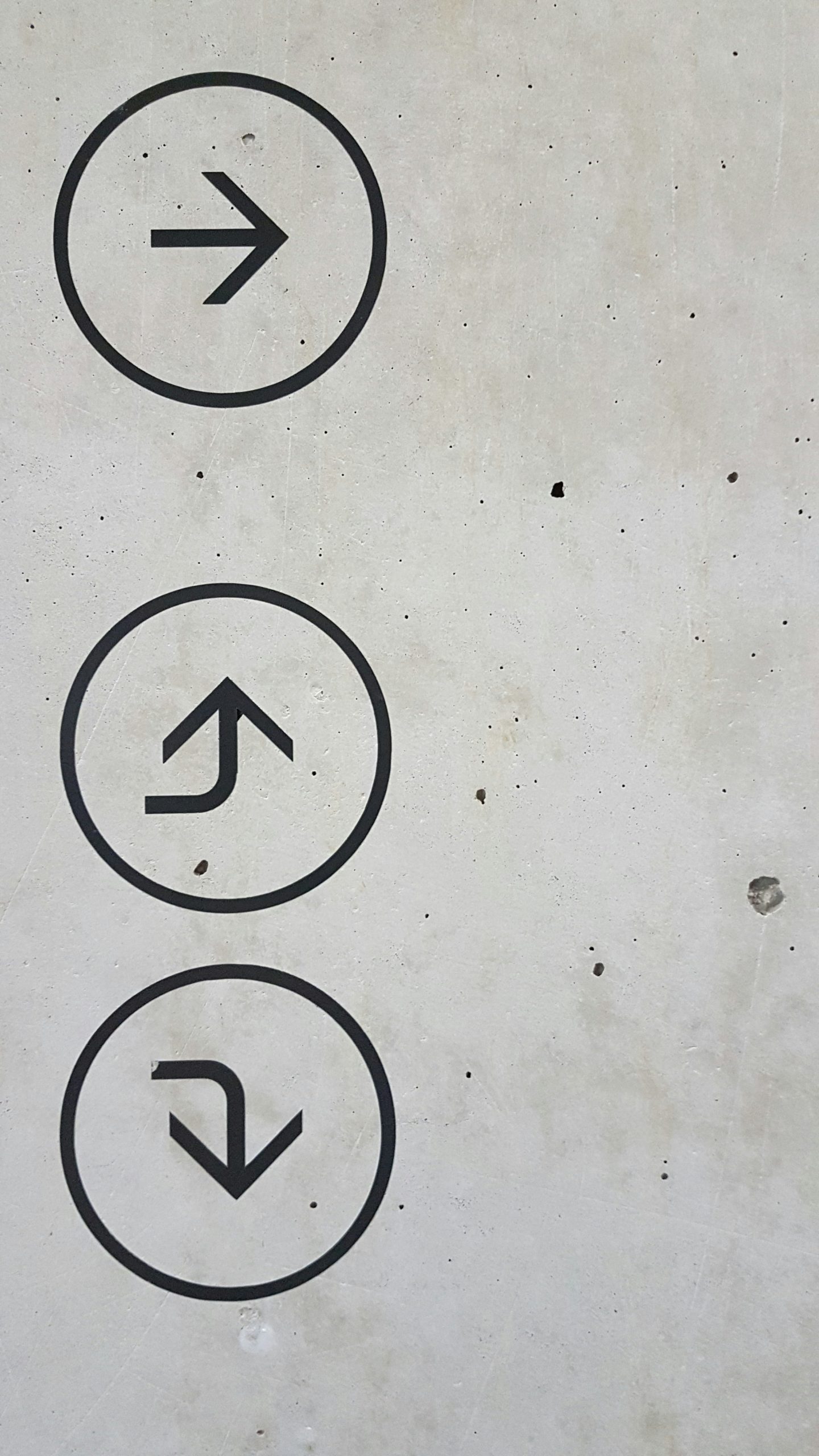Setting a goal for your fundraiser is a crucial step in ensuring its success. A well-defined goal provides direction, motivation, and a sense of accomplishment when achieved. However, setting a goal for your fundraiser can be a daunting task, especially if you are new to fundraising. In this article, we will discuss the importance of setting a fundraising goal and provide tips on how to set an effective goal for your event.
Goals Give You Direction — Actions Give You Results
You’ve learned how to set a clear, realistic, and motivating goal. Now turn it into momentum — launch your auction and let supporters push you past the finish line.
Launch With Your Goal in MindWhy is Setting a Fundraising Goal Important?
Provides Direction and Focus

Setting a goal for your fundraiser provides a clear direction and focus for your efforts. It helps you determine the purpose of your fundraiser and what you want to achieve. Without a goal, your fundraiser may lack direction and may not be as successful as it could be.
Motivates Participants and Donors
A well-defined goal can be a powerful motivator for both participants and donors. It gives them something to strive for and a sense of accomplishment when the goal is achieved. This motivation can lead to increased participation and donations, ultimately helping you reach your fundraising goal.
Measures Success
Setting a goal allows you to measure the success of your fundraiser. It provides a benchmark to track your progress and determine if your efforts are effective. This information can be used to make adjustments and improve future fundraising efforts.
Tips for Setting an Effective Fundraiser Goal
Understand Your Fundraiser's Purpose
Before setting a goal, it is essential to understand the purpose of your fundraiser. Is it to raise money for a specific cause, individual, or organization? Is it to raise awareness for a particular issue? Understanding the purpose will help you determine the appropriate goal for your fundraiser.
Consider Your Fundraising Strategies

The strategies you plan to use for your fundraiser can also influence your goal. For example, if you plan to host a fundraising event, your goal may be to sell a certain number of tickets or raise a specific amount of money through ticket sales. If you plan to do a crowdfunding campaign, your goal may be to reach a certain number of donors or raise a specific amount of money within a set timeframe.
Set a Realistic Goal
It is crucial to set a realistic goal for your fundraiser. Setting a goal that is too high may discourage participants and donors, while setting a goal that is too low may not provide enough motivation. Consider your fundraising history, the size of your network, and the resources available when setting your goal. If you’re starting from zero, start small, then plan ahead for next time.
Make Your Goal Specific and Measurable
A specific and measurable goal is easier to track and achieve. For example, instead of setting a goal to "raise as much money as possible," set a specific amount, such as $10,000. This will give you a clear target to work towards and allow you to measure your progress.
Set a Deadline

Setting a deadline for your fundraiser goal can create a sense of urgency and motivate participants and donors to take action. It also provides a timeframe for you to track your progress and make adjustments if necessary.
Consider Stretch Goals
A stretch goal is an additional goal that is set above and beyond the initial goal. It can provide an extra challenge and motivation for participants and donors. However, it is essential to ensure that your initial goal is achievable before setting a stretch goal.
Communicate Your Goal
Once you have set your fundraiser goal, it is crucial to communicate it to your team, participants, and potential donors. This will help create a sense of purpose and motivate everyone to work towards the same goal.
Examples of Effective Fundraiser Goals
Raising a Specific Amount of Money
One of the most common goals for a fundraiser is to raise a specific amount of money. This could be for a specific cause, organization, or project. For example, a fundraiser may have a goal of raising $10,000 to build a new playground for a local school.
Reaching a Certain Number of Donors
Another effective goal for a fundraiser is to reach a specific number of donors. This could be a way to measure the success of a crowdfunding campaign or a fundraising event. For example, a fundraiser may have a goal of reaching 500 donors for their annual charity auction.
Increasing Participation

Increasing participation can also be a goal for a fundraiser. This could be to engage more people in a cause or to attract new donors. For example, a fundraiser may have a goal of increasing participation by 20% compared to the previous year.
Achieving a Specific Outcome
Some fundraisers may have a goal of achieving a specific outcome, such as passing a new law or implementing a new program. This type of goal may require a combination of fundraising efforts and advocacy work. For example, a fundraiser may have a goal of raising $50,000 to support a campaign for a new environmental policy.
Set, Measure, Repeat
Setting a goal for your fundraiser is a crucial step in ensuring its success. It provides direction, motivation, and a way to measure success. When setting a goal, it is essential to understand the purpose of your fundraiser, consider your fundraising strategies, and set a realistic and specific goal. Communicating your goal and considering stretch goals can also help motivate participants and donors. By following these tips, you can set effective fundraising goals and increase your chances of reaching them year after year.
Frequently Asked Questions
Why do we need a formal fundraising goal?
A clear goal rallies supporters, guides budgets and messaging, and provides a benchmark for pacing and post-campaign evaluation. It also helps teams prioritize tactics that move the needle fastest.
Should our goal be gross revenue or net after expenses?
Align to your need. Net shows what funds your mission after costs; gross is useful for marketing and sponsorships. Many teams track both and communicate net internally.
How do we build a bottom-up fundraising model quickly?
Create a simple equation: (# Donors × Avg Gift) + Sponsorships + Event Sales + Auctions/Raffles + Grants/Pledges recognized − Expenses = Net Goal.
How should past results inform this year’s goal setting?
- Start with last year’s net and audience size.
- Apply a realistic growth rate (e.g., +5–15%) based on capacity.
- Adjust for one-offs (major gifts, unusual expenses).
What is a donor pyramid and how does it shape our goal?
A donor pyramid estimates your mix of gifts across levels (major, mid, many small). Model a few large gifts, a band of mid-level gifts, and broad participation at entry levels to ensure your goal isn’t overly dependent on one segment.
How do participation rate and average gift affect our target?
- Estimate participants (e.g., 600 families × 40% giving = 240 donors).
- Choose an average gift (e.g., $85) and provide giving levels.
- Multiply and add sponsors/auctions to test if your goal is feasible.
How should we account for matching gifts and challenge grants in the goal?
Treat secured matches as a separate line in your model. Communicate publicly as “your gift is doubled up to $X.” If the match isn’t secured, forecast conservatively and list it as upside.
What expense assumptions should we include when setting the goal?
- Direct costs (venue, food, printing, shipping, prizes).
- Platform/processing fees and optional “cover fees”.
- Paid media/creative and staff/volunteer capacity.
Do we count pledges in the goal or only cash received by the deadline?
Decide up front. Many campaigns track two totals: cash-in by deadline and total commitments (cash + signed pledges). Be explicit in your public messaging.
Should our goal be restricted to a project or for general operating needs?
Project goals can motivate donors with tangible outcomes. Unrestricted goals provide flexibility. You can split: e.g., “$100k total—$60k program, $40k operations.”
When should we announce a stretch goal during the campaign?
If you surpass ~90–100% early, define a specific new outcome (not just a bigger number). Announce a stretch only once to avoid confusion and fatigue.
How do we pace toward the goal so we don’t fall behind late in the campaign?
- Set weekly targets (e.g., 20% by week 1, 50% by mid-point).
- Front-load major asks and sponsorships.
- Use countdowns and matches in the final 72 hours.
Which KPIs should we track to know if the goal is realistic in-flight?
- Total raised vs. pace line; cash vs. pledges.
- # donors, average gift, and participation rate.
- Channel conversion (email/SMS/social/auction items).
How do we build best/base/worst-case scenarios for the goal model?
Vary key inputs (participation ±10–20%, average gift ±10–15%, sponsor count ±1–2). Prepare contingency tactics for the “worst-case” (extra match hour, added email, extend online bidding).
How transparent should we be about costs and progress toward the goal?
Share progress frequently and connect dollars to impact. Many orgs show gross raised publicly and communicate net and cost ratio to boards and staff.
How do auctions affect our goal math (FMV, donations vs. purchases)? (General information)
Track item FMV and sale price separately. For acknowledgments, distinguish purchases from gifts; consult your policies and advisors for receipt language. This is general information, not tax advice.
Who should approve the goal and what alignment is needed before launch?
- Development/finance alignment on net vs. gross and expenses.
- Leadership/board sign-off on public messaging and stretch rules.
- Clear owner for weekly reporting and adjustments.
What incentives help us reach the goal without hurting net revenue?
Prefer low-cost, high-energy incentives (match windows, leaderboards, recognition, experiences) over expensive prizes. Keep the focus on mission impact.
Is it okay to lower or raise the goal mid-campaign if pace changes dramatically?
Raising to a clearly defined stretch can boost momentum. Lowering can signal trouble—consider private pacing lines instead and adjust tactics rather than the public target when possible.
How do we debrief after the campaign to set better goals next time?
- Compare actuals vs. model by channel and donor level.
- Note which tactics moved last-week dollars.
- Update your baseline and assumptions for the next campaign.
💡 Try this in ChatGPT
- Summarize the article "How to Set a Fundraising Goal" from https://ghost.charityauctionstoday.com/p/how-to-set-a-fundraising-goal/ in 3 bullet points for a board update.
- Turn the article "How to Set a Fundraising Goal" (https://ghost.charityauctionstoday.com/p/how-to-set-a-fundraising-goal/) into a 60-second talking script with one example and one CTA.
- Extract 5 SEO keywords and 3 internal link ideas from "How to Set a Fundraising Goal": https://ghost.charityauctionstoday.com/p/how-to-set-a-fundraising-goal/.
- Create 3 tweet ideas and a LinkedIn post that expand on this How To topic using the article at https://ghost.charityauctionstoday.com/p/how-to-set-a-fundraising-goal/.
Tip: Paste the whole prompt (with the URL) so the AI can fetch context.
Tom Kelly
Tom Kelly, TEDx speaker and CEO of CharityAuctions.com, helps nonprofits raise millions through auctions and AI. He hosts The Million Dollar Nonprofit podcast and inspires leaders to live their legacy, not just leave it.
Table of contents
Create Your Auction
Raise 40% more with smart bidding tools






